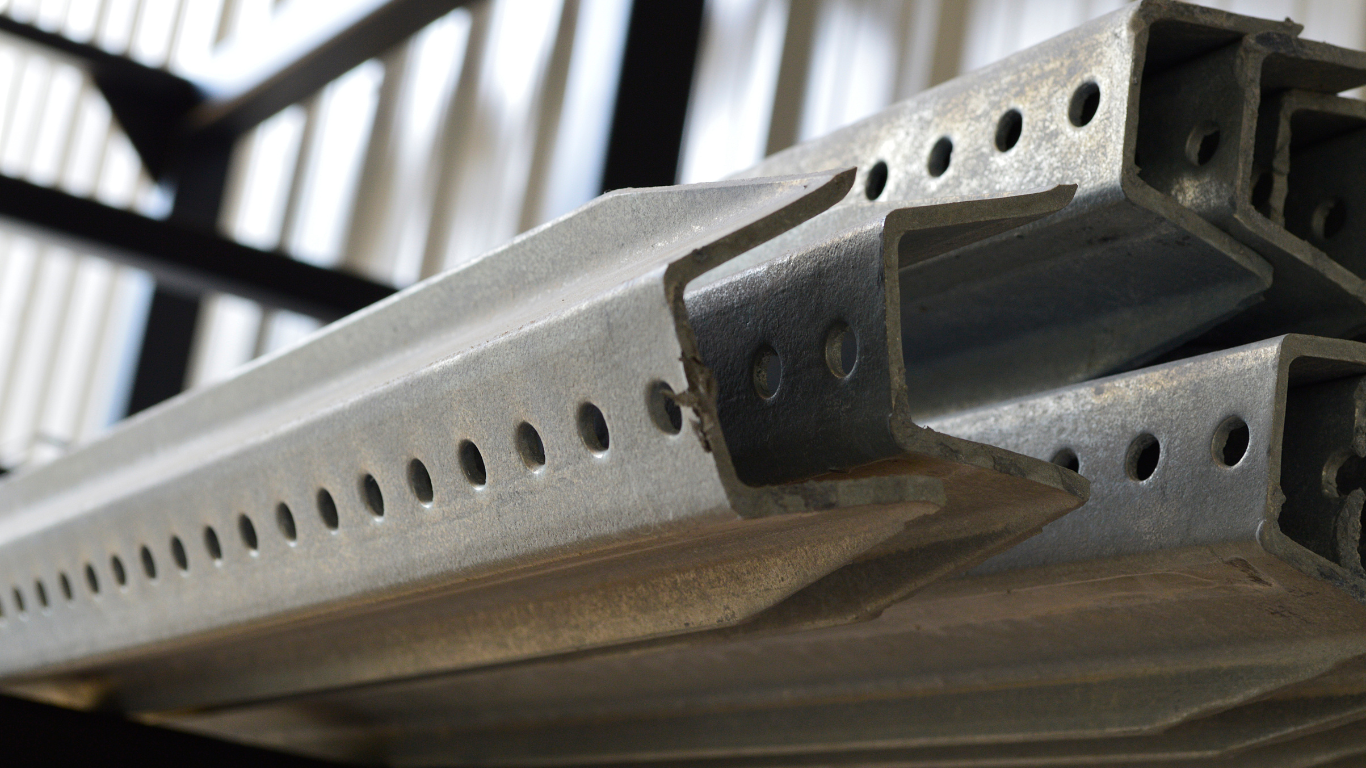U-Channel and Its Usage

U-channels, also known as U-shaped channels or simply U-channels, are versatile structural components used in a variety of applications across different industries. These channels are characterized by their U-shaped cross-section, which provides strength and rigidity while remaining relatively lightweight. In this article, we will explore the characteristics, benefits, and diverse applications of U-channels.
What is a U-Channel?
A U-channel is a type of metal profile that features a U-shaped cross-section. It typically consists of three parts: two parallel flanges and a connecting web. The dimensions and thickness of these components can vary, allowing for customization based on specific requirements. U-channels are commonly made from materials such as stainless steel, aluminum, and carbon steel, chosen for their durability and strength.
Key Characteristics of U-Channels
- Versatility: U-channels can be manufactured in various sizes and thicknesses, making them suitable for a wide range of applications.
- Strength-to-Weight Ratio: Despite being lightweight, U-channels offer significant structural strength, providing support without adding excessive weight.
- Corrosion Resistance: When made from materials like stainless steel or aluminum, U-channels exhibit excellent resistance to corrosion, making them ideal for outdoor and marine applications.
- Ease of Fabrication: U-channels can be easily cut, welded, and shaped, allowing for customization and ease of installation.
Benefits of Using U-Channels
- Structural Support: U-channels are commonly used to provide structural support in construction and manufacturing. Their U-shaped design distributes weight evenly, enhancing the stability and strength of the overall structure.
- Cost-Effective: U-channels are generally more affordable than other structural components, offering a cost-effective solution without compromising on performance.
- Flexibility: The ability to customize the size, material, and finish of U-channels makes them a flexible option for various applications, from simple to complex structures.
- Aesthetic Appeal: U-channels can be finished with coatings or treatments to enhance their appearance, making them suitable for visible applications where aesthetics are important.
Common Applications of U-Channels
- Construction Industry: U-channels are widely used in the construction industry for framing, bracing, and reinforcing structures. They are commonly used in the construction of buildings, bridges, and infrastructure projects.
- Automotive Industry: In the automotive industry, U-channels are used for structural components, such as chassis and frames, as well as for mounting brackets and supports.
- Furniture Manufacturing: U-channels are used in furniture manufacturing for creating strong and lightweight frames for chairs, tables, and other pieces of furniture.
- HVAC Systems: U-channels are used in heating, ventilation, and air conditioning (HVAC) systems for ductwork and support structures.
- Electrical Enclosures: U-channels are used to create enclosures and support structures for electrical components and wiring, providing protection and organization.
- Retail Displays: U-channels are used in retail displays and shelving systems for their strength and clean appearance.
- Marine Applications: Due to their corrosion resistance, U-channels are used in marine applications for boat frames, docks, and other structures exposed to water and harsh environments.
- Signage: U-channels are used to create frames and supports for signs, providing durability and stability in outdoor and indoor environments.
Conclusion
U-channels are essential components in a wide range of industries due to their versatility, strength, and ease of fabrication. Their U-shaped design provides excellent structural support while remaining lightweight and cost-effective. From construction and automotive applications to furniture manufacturing and marine environments, U-channels play a crucial role in enhancing the stability and functionality of various projects. By understanding the characteristics and benefits of U-channels, businesses, and manufacturers can make informed decisions about incorporating these versatile components into their projects.

